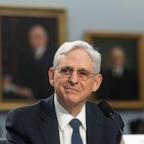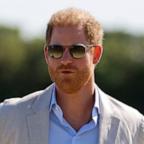Doctors Point Out Gaps in U.S. Health Care
Nov. 6 -- THURSDAY, Nov. 5 (HealthDay News) -- The United States lags behind other developed countries in a range of health-care practices, according to a new international survey of primary care doctors.
"We spend far more than any of the other countries in the survey, yet a majority of U.S. primary care doctors say their patients often can't afford care, and a wide majority of primary care physicians don't have advanced computer systems to access patient test results, anticipate and avoid medication errors or support care for chronically ill patients," Cathy Schoen, senior vice president of the Commonwealth Fund, which conducted the survey, said in a news release from the organization, a private foundation that focuses on health-care issues.
The International Health Policy Survey, published online Nov. 5 in Health Affairs, found that:
- About 58 percent of U.S. primary doctors polled said their parents often have trouble paying for their treatment and medications.
- Half reported having to deal with insurance companies regarding restrictions on care.
- More than two thirds of the doctors said their offices cannot handle patients after hours, meaning people with urgent health problems must go to emergency rooms. That contrasts with other countries in the survey, where such resources are more common.
- Less than half of the doctors surveyed reported using computerized medical records, compared with 99 percent in the Netherlands and almost as many in New Zealand and Norway.
"The patient-centered chronic care model originated in the U.S., yet other countries are moving forward faster to support care teams including nurses, spending time with patients, and assuring access to after-hours," said Schoen, who also was lead author of the report on the survey.
"The study underscores the pressing need for national reforms to close the performance gap to improve outcomes and reduce costs," she said.
The survey polled more than 10,000 physicians in 11 countries in North America and Europe plus Australia and New Zealand.




